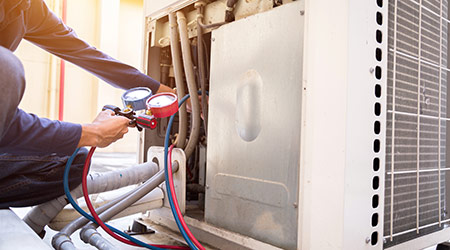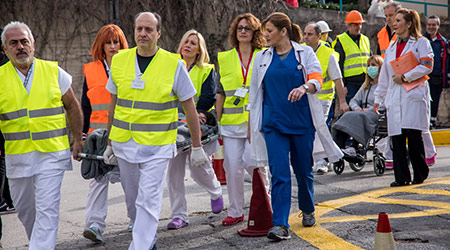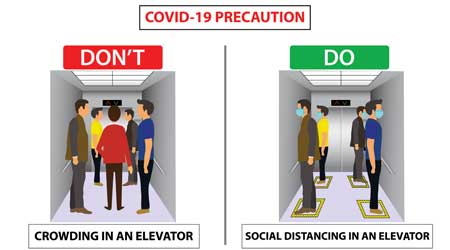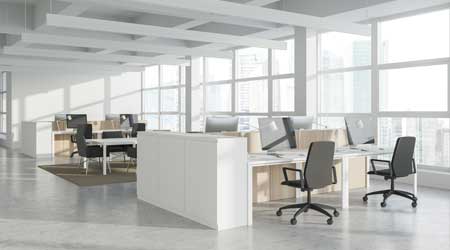
What Is the Role of Building Systems in Preventing COVID-19?
June 19, 2020
As institutional and commercial facilities reopen, facility managers are under intense pressure to create healthier workplaces and ensure buildings do not contribute to a second wave of COVID-19. In many cases, such efforts within facilities focus largely on cleaning and sanitizing surfaces and allowing for social distancing in meeting spaces, classrooms and offices. But experts are wondering if these efforts overlook the role of building systems in controlling the spread of COVID-19 and other contagious airborne diseases.
Public health guidelines are downplaying the role that building systems should play in stemming the spread of COVID-19, architects, engineers, and some scientists are warning in the Living Building Chronicle.
“The built environment component of this situation has been overlooked,” says Upali Nanda, director of research at HKS Inc. and a leading voice on the science behind healthy buildings. Nanda and her colleagues are stressing their concerns just as many employers and building owners are reopening offices, shops, and other commercial spaces — raising the specter of a resurgence in COVID-19 cases. One leading advocate argued that both policy leaders and building operators should be wary of a natural bias toward measures that offer the false sense that janitorial crews can “wipe away” the virus.
“If somebody tells you, ‘OK, you get to choose how this disease is transmitted.’ Do you want to believe it’s transmitted by touching things so that you can scowl at people and tell them to use [personal protection equipment] and spray disinfectant,” says Stephanie Taylor a physician and architect. “Or do you want to say it’s really spread in these practically invisible aerosols that are literally everywhere? That’s a lot more scary.”
The heart of the issue is what researchers have uncovered, as well as what they don’t yet know, about the virus that causes the COVID-19 disease and how it manages to infect people.
Dan Hounsell is editor-in-chief of Facility Maintenance Decisions.
Next
Read next on FacilitiesNet












